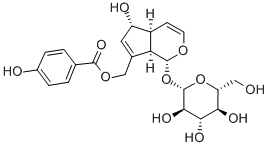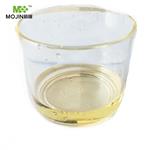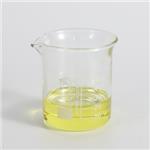Chemical Properties
Yellow Oil
Uses
Agnuside is an known iridoid glycoside found in Vitex herbs or plants. Agnuside have been used in various applications including in the treatment of premenstrual syndrome and regulation of menopause s
ymptoms. This is mainly due to the fact that Agnuside exhibits estrogen-like activities as it interacts with estrogen receptors (ER-alpha) and estrogen receptor-regulated pregesterone receptors. Recen
t studies have also evaluated Agnuside for the probable mechanism of anti-arthritic activity, which suggested the possible development of Agnuside as a therapeutic agent in the treatment of arthritis
by the modulation of the host immune response.
Definition
ChEBI: Agnuside is a benzoate ester resulting from the formal condensation of the carboxy group of 4-hydroxybenzoic acid with the primary hydroxy group of aucubin. It is an iridoid glycoside found in several Vitex plants including Vitex agnus-castus. It has a role as a plant metabolite, an anti-inflammatory agent, a pro-angiogenic agent and a cyclooxygenase 2 inhibitor. It is a terpene glycoside, an iridoid monoterpenoid, a benzoate ester, a member of phenols, a beta-D-glucoside, a cyclopentapyran and a monosaccharide derivative. It is functionally related to an aucubin.
benefits
Agnuside is one of the most significant active ingredients in chasteberry and is described chemically as an ester of p-hydroxybenzoic acid and aucubin. Agnuside’s greatest areas of benefit involve female reproductive cycles, which researchers believe is due to its effect on the pituitary gland. One study has also shown that extracts of chasteberry fruit bind to the opiate receptors in the brain, which would explain its use in relieving discomfort.




